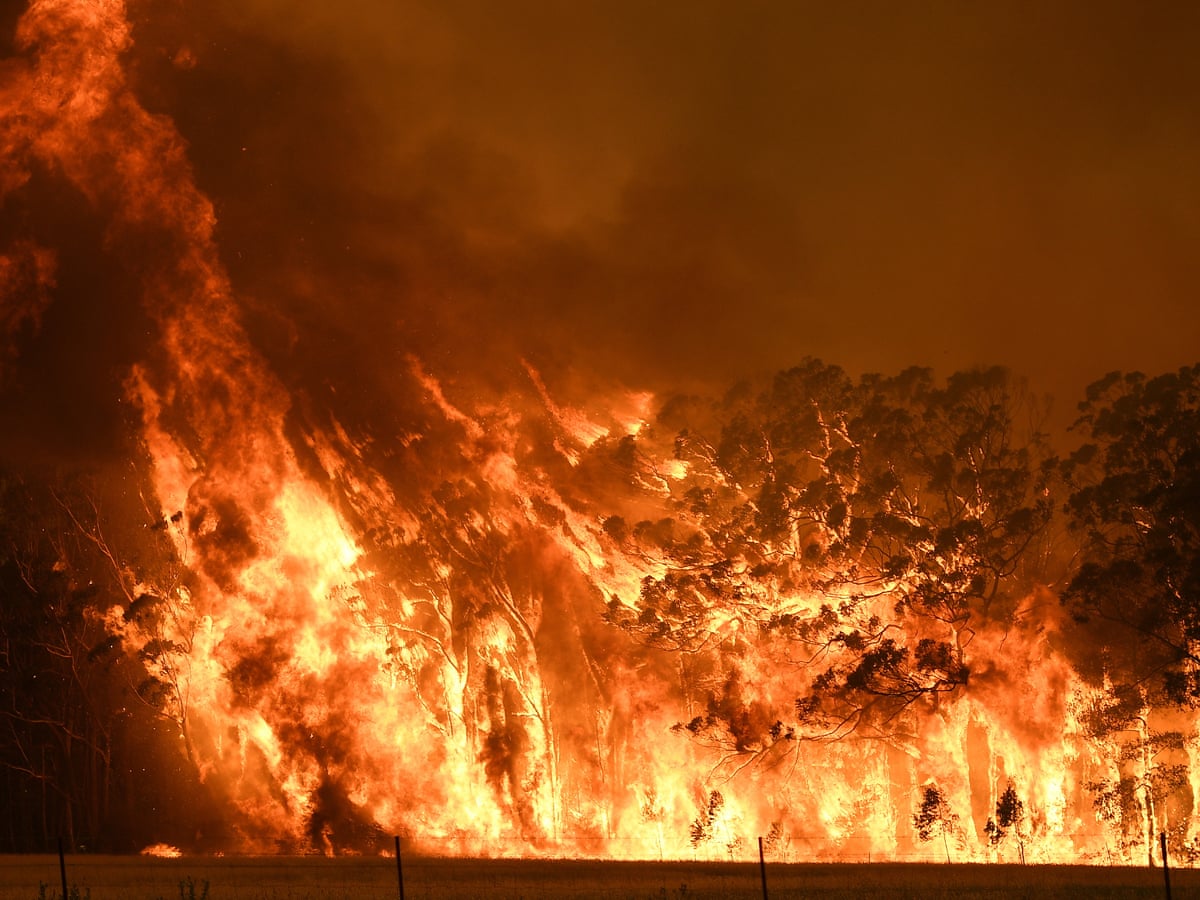Navigating the Requirements: Your Overview to Getting a BAL Report
Navigating the Requirements: Your Overview to Getting a BAL Report
Blog Article
Necessary Tips for Bushfire Management to Ensure Fire Security

Comprehending Bushfire Risk Degrees
Recognizing the varying degrees of bushfire danger is necessary for efficient planning and preparation in mitigating possible hazards to lives and buildings. Bushfire danger degrees are commonly classified based on elements such as weather, gas schedule, topography, and historic fire behavior. By understanding these risk areas, degrees and individuals can proactively implement strategies to minimize vulnerability and boost resilience when faced with possible bushfire events.
The initial degree of bushfire threat is reduced danger, where the probability of a bushfire happening and creating considerable harm is minimal. High-risk levels symbolize a substantial hazard, with problems favorable to fast fire spread and extreme fire behavior.
Recognizing these bushfire danger levels allows stakeholders to tailor their readiness and feedback activities accordingly, making sure a aggressive and reliable technique to bushfire management.
Developing a Defensible Room
Reliable bushfire administration starts with developing a defensible space around properties to enhance protection versus potential fire risks. A defensible room is a barrier zone that produces an obstacle in between a structure and the bordering flammable plants. This area works as a critical line of defense, offering firefighters a secure area to operate and aiding to decrease the threat of a fire infecting the building.
When establishing a defensible space, it is vital to think about the design of the building and the bordering landscape. Cleaning vegetation, especially extremely combustible plants, within a certain span of the property can assist avoid the fast spread of fires. In addition, maintaining a well-irrigated area around the residential or commercial property can further enhance its defensibility.
Routine maintenance of the defensible room is critical to ensure its effectiveness. This includes cutting overhanging branches, clearing dead plant life, and keeping the area devoid of debris. By spending effort and time into creating and preserving a defensible room, home proprietors can considerably improve their chances of protecting their homes and assets throughout a bushfire.
Implementing Fireproof Landscaping
When creating landscapes to reduce the danger of bushfires, incorporating fireproof aspects is important for enhancing residential property security and minimizing fire dangers. Select plants with high moisture content, reduced oil web content, and marginal dead vegetation to decrease the threat of fire spread.
Developing an Emergency Evacuation Plan
Creating a thorough emergency situation discharge strategy Visit Your URL is crucial for making certain the safety and well-being of people throughout possible bushfire incidents (BAL Report). A reliable evacuation plan need to outline clear treatments to follow in the occasion of a bushfire danger, including designated discharge courses, assembly factors, and communication procedures
To start creating an emergency emptying strategy, it is vital to assess the particular threats and susceptabilities of your location. Determine several evacuation courses that result in secure areas far from the fire, considering variables such as surface, road ease of access, and prospective risks. Establish interaction channels to sharp residents of an upcoming discharge, utilizing methods such as alarms, message notifies, or door-to-door notices.
Frequently review and practice the emptying strategy with all residents or community participants to ensure every person comprehends their roles and responsibilities. Conduct drills to examine the performance of the strategy and make any type of necessary changes. By having a well-prepared emptying plan in position, you can enhance the chances of a safe and orderly emptying during a bushfire emergency situation.
Maintaining Fire Safety And Security Tools
After developing a comprehensive emergency situation evacuation prepare for bushfire occurrences, it is imperative to focus read the full info here on the routine upkeep of fire safety and security devices to guarantee optimum performance and readiness. Regular maintenance of fire security tools such as fire extinguishers, smoke alarm, fire alarm systems, and automatic sprinkler is essential in protecting lives and residential property during a bushfire. Carrying out routine examinations, screening, and servicing of these gadgets by qualified professionals is vital to ensure they remain in working order when required.
Fire extinguishers ought to be inspected regularly for pressure levels, visible damage, and appropriate performance. Smoke alarm should have their batteries replaced at least yearly and undergo monthly screening to guarantee they are operational. Emergency alarm and lawn sprinkler systems ought to be evaluated regularly to confirm they are attached and functioning correctly. In addition, it is necessary to keep fire safety equipment obtainable, unhampered, and clearly labeled for simple recognition throughout an emergency situation. By diligently maintaining fire safety devices, individuals can improve their readiness and action capacities in the occasion of a bushfire.
Final Thought
To conclude, reliable bushfire management involves recognizing risk degrees, creating defensible spaces, executing fire-resistant landscape design, establishing emptying strategies, and preserving fire safety and security devices. By following these important look these up suggestions, individuals can make certain much better fire protection and safety for their communities and buildings. It is essential to prioritize aggressive actions to mitigate the dangers connected with bushfires and to be gotten ready for emergencies.
By recognizing the nuances of bushfire risk levels, creating defensible rooms, carrying out fire-resistant landscape design, developing detailed discharge plans, and making certain the maintenance of fire safety tools, individuals and neighborhoods can substantially boost their strength against the ravages of wildfires - BAL Report. These pointers are not only critical for securing versus immediate fire risks yet also for promoting lasting fire protection techniques that can make a significant difference in the face of rising bushfire threats
Risky levels indicate a substantial danger, with conditions favorable to rapid fire spread and severe fire actions. Normal upkeep of fire safety and security devices such as fire extinguishers, smoke detectors, fire alarms, and sprinkler systems is important in guarding lives and property during a bushfire.In conclusion, efficient bushfire administration involves comprehending danger levels, producing defensible areas, executing fire-resistant landscaping, developing emptying plans, and preserving fire safety and security equipment.
Report this page